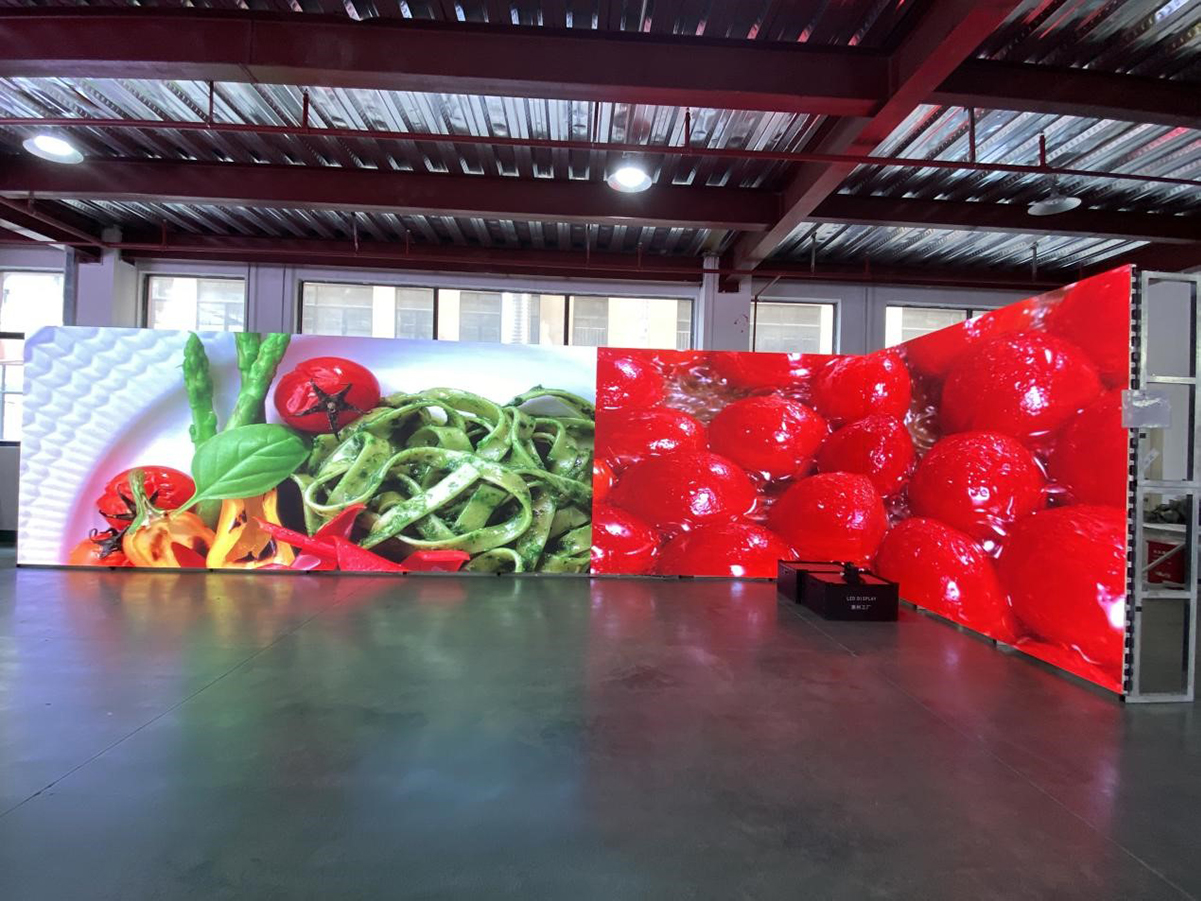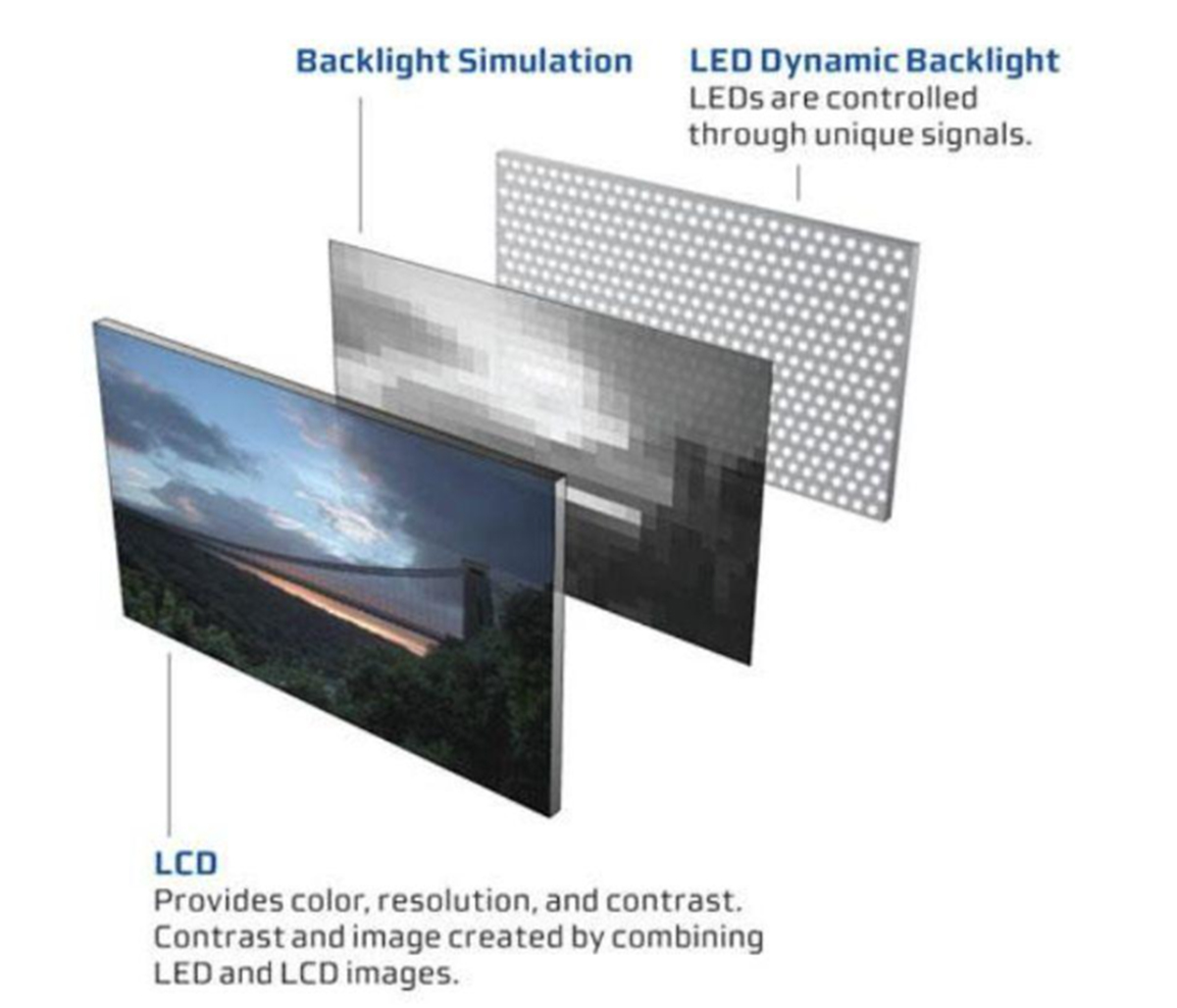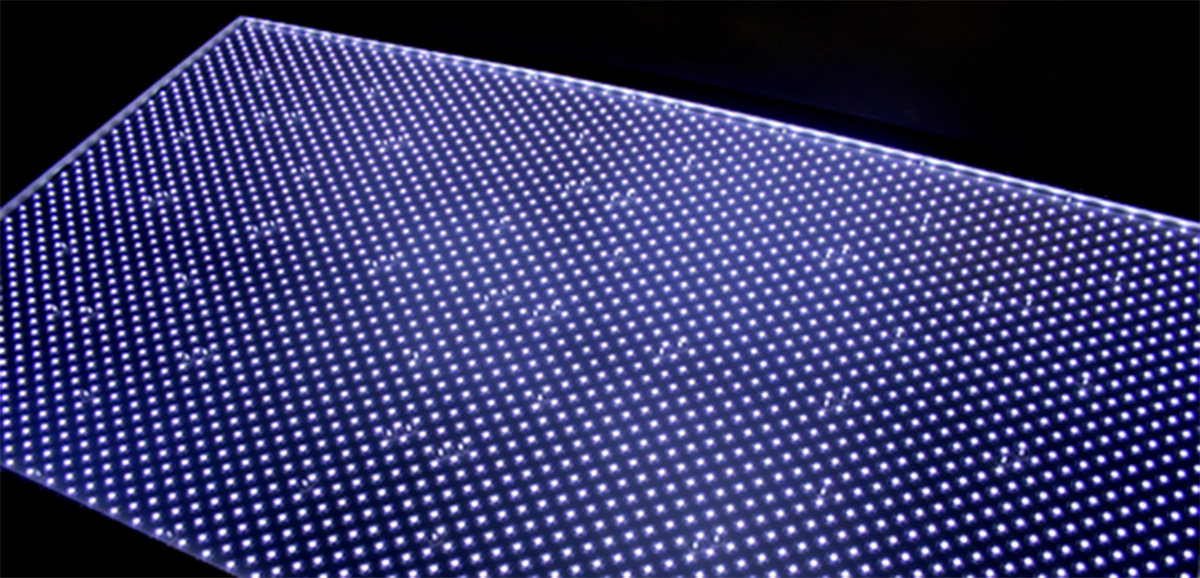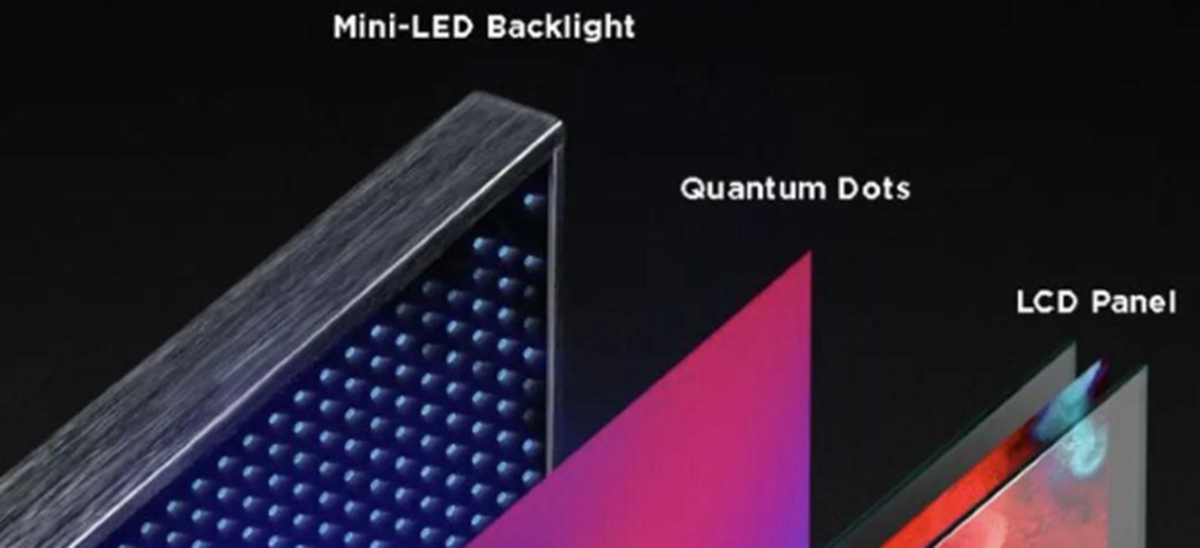In the ever-evolving world of display technology, the terms "LED display" and "backlight display" are often used interchangeably, but they refer to two distinct types of screen technologies. Understanding the difference between them can help you choose the right display solution for your needs. Let's take a closer look at these two technologies and what makes each of them unique.
LED display refers to a screen that uses Light Emitting Diodes (LEDs) to produce light and display images directly. Unlike traditional displays, which rely on a backlight, an LED screen is constructed with tiny LED lights that work to generate the colors and brightness you see on the screen. These displays are often used in a wide range of products, from smartphones and tablets to large-scale outdoor signage.
Leder’s Display Aging:

Benefits of LED Displays:
● Vibrant and High-Contrast Colors: With direct lighting, LED displays offer superior color accuracy, contrast ratios, and deeper blacks.
● Energy Efficiency: Because LEDs require less power compared to conventional displays, these screens tend to consume less energy, leading to improved battery life in portable devices.
● Slim Profile: Without the need for bulky backlighting units, LED displays can be made thinner, giving devices a sleek, modern look.
On the other hand, a backlight display utilizes a separate light source positioned behind the screen. In most LCD (Liquid Crystal Display) panels, the backlight is provided by LEDs or other light sources, which illuminate the pixels on the screen. The liquid crystals adjust the light passing through them to create the desired image. This type of display is still prevalent in many devices like TVs, monitors, and older smartphones.

Benefits of Backlight Displays:
● Cost-Effective: Backlight displays are generally less expensive to manufacture, making them a more affordable option for consumers.
● Wider Availability: Backlit LCD displays are common across many devices, offering versatility and availability.
● Good Brightness Levels: With efficient backlighting, these displays can achieve sufficient brightness, making them suitable for everyday use in various lighting conditions.


While both display types have their merits, the decision ultimately comes down to the specific needs of the user. If you prioritize superior color quality, energy efficiency, and a thin design, LED displays may be the perfect choice for you. On the other hand, if you're looking for an affordable option with reliable performance, backlight displays offer a practical solution.